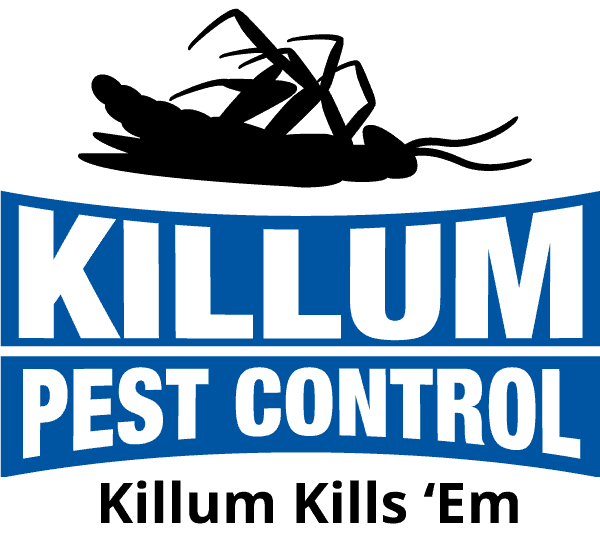Bat Information, Prevention & Treatment
In Texas these are species of bats that are protected by laws or local ordinances, and you need to check on this status within your local area. Good contacts may be the Fish and Wildlife Service, Department of Natural Resources, Department of Agriculture, or a university biology department. In Florida two species are classified as “endangered species”, so obtaining a proper identification of the bats you are dealing with can be important.
So, when it comes to bat “control” you have very few options. At this time there are no poisons registered for use against bats, so killing them in this manner is not allowed. That is probably just as well, for if the bats were poisoned and died within the walls of the structure there could be an immense odor problem. You also may have received advice about repelling them from the building with odors, and moth balls or moth crystals are the standard suggestion. The ingredient is naphthalene, and it can have an odor of its own that you or other people may object to, since several pounds of the material would be needed to have any effect on the bats. This may work as a temporary solution to move the bats out, but the physical exclusion is still the only long-term control solution.
You may also be tempted to try some of the various sound-emitting devices, commonly called “Ultrasonic” repellers, whose advertising claims to repel all manner of “vermin”, from roaches to rats to birds to fleas. I would suggest you save your time and money. Many studies have been conducted by qualified and impartial university researchers, and so far none of them has been able to support the claims made by the manufacturers of these little boxes. In some cases the Federal Government has even imposed hefty fines against the manufacturers of these devices, who could not substantiate the marketing claims they were making.
Where they are appropriate you might also try placing bright lights, since bats strongly prefer to spend their days in darkness. This may be most likely to be tried in buildings that are difficult to seal, such as warehouses or large barns. Where possible, permanent closure of openings will always be the best method and offer the longest control.
Bats usually enter structures through openings that are well above the ground, so it will be very important to check the roof and the eaves, as well as vent openings leading into the attic. They are not capable of chewing material away to create an opening, as rats easily can do, and so they must use existing holes. However, it does not take much, for a small species of bat can squeeze through a crack only ¼ inch wide, or a hole that is about ¾ inch in diameter. If there are lots of bats then they likely have found openings larger than this. One excellent way to determine where these are is to go outside in the evening, sit down in a lounge chair with a cup of hot tea and a pair of binoculars…….and watch. You may substitute hot chocolate if you are not a tea drinker.
Places to suspect might be where power or phone lines enter the structure through the walls, where holes have been punched for plumbing pipes or TV cables, possibly around roof-top vents and louvered fans, and around window framing that may have developed gaps. Wood shake roofs or tile or slate roofs may allow the bats entrance if there is not full sheeting under these roof materials.

You may find bat droppings on window sills or porches outside, and wonder if this means that bats are entering the structure above that point. This probably is not the case. Instead, what you likely have discovered is a site where bats will land to feed on their catch, clinging to the wall or some other object they can grip as they consume the bugs. They then defecate and move on. This may make you a little squeamish, but it is important to determine if the little black pellets you have found are from bats or from rats or mice, for they look very much the same. The difference is that bat droppings are shiny, and if you press on them with a stick they will easily crumble into little pieces.





